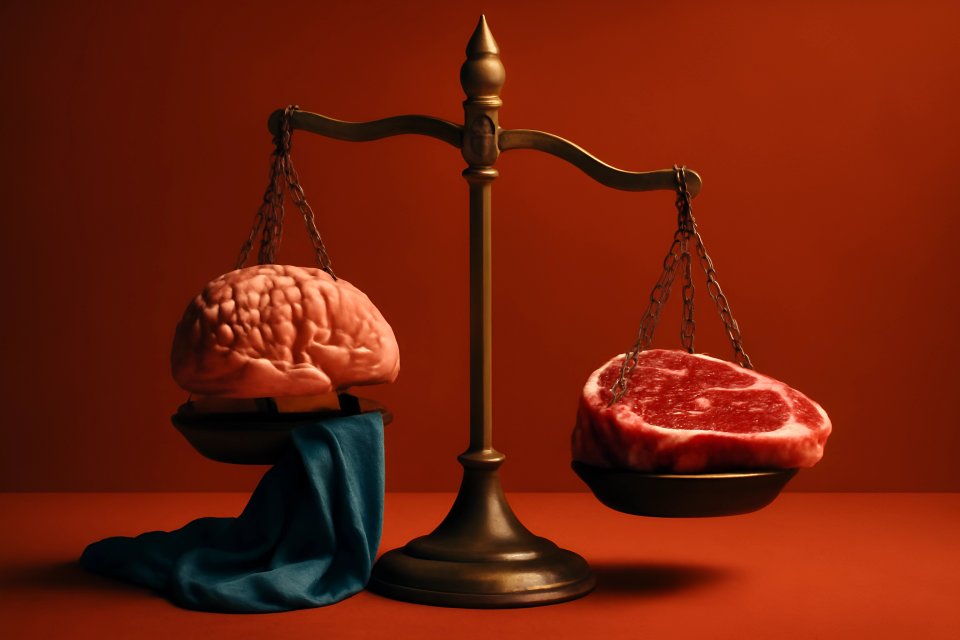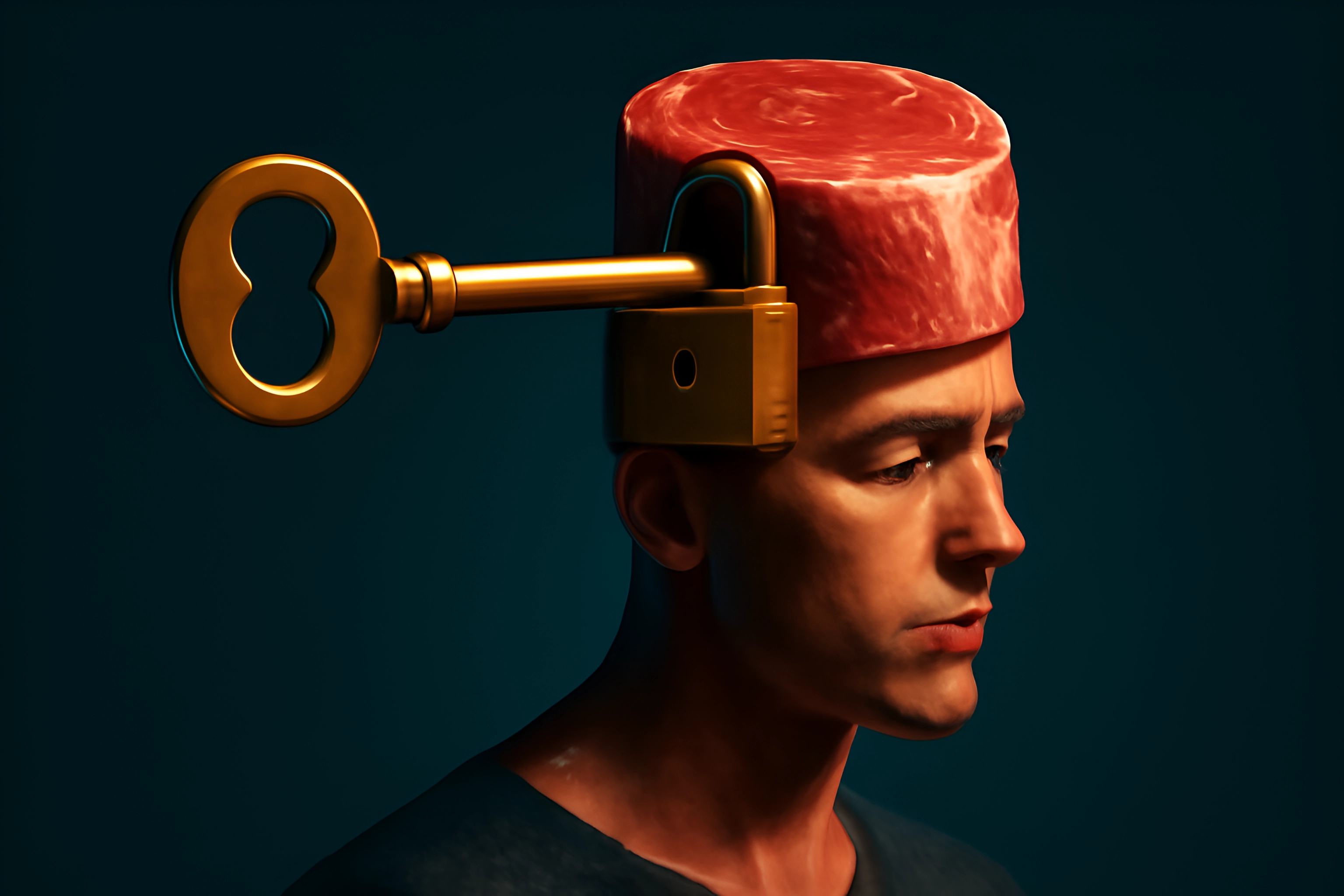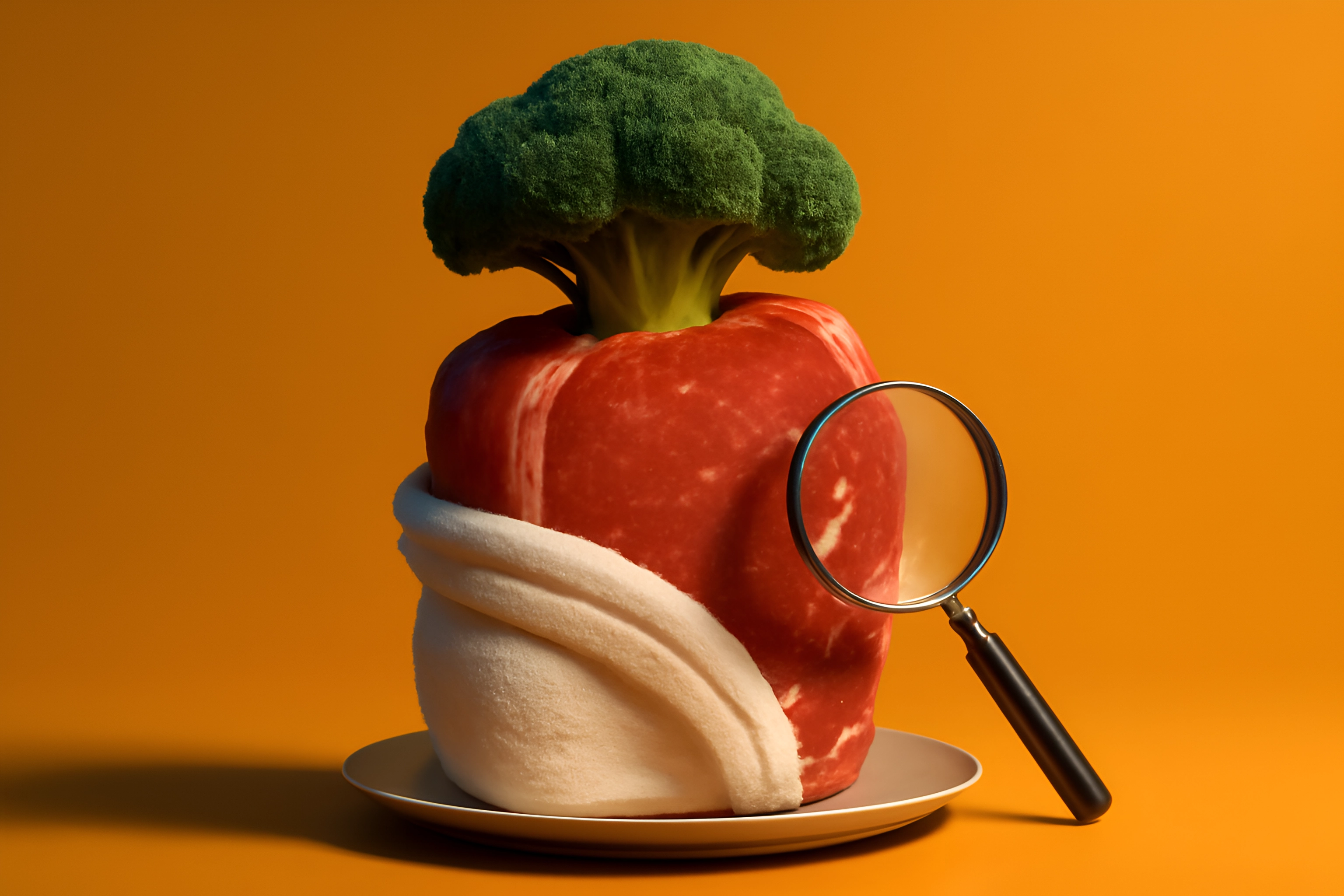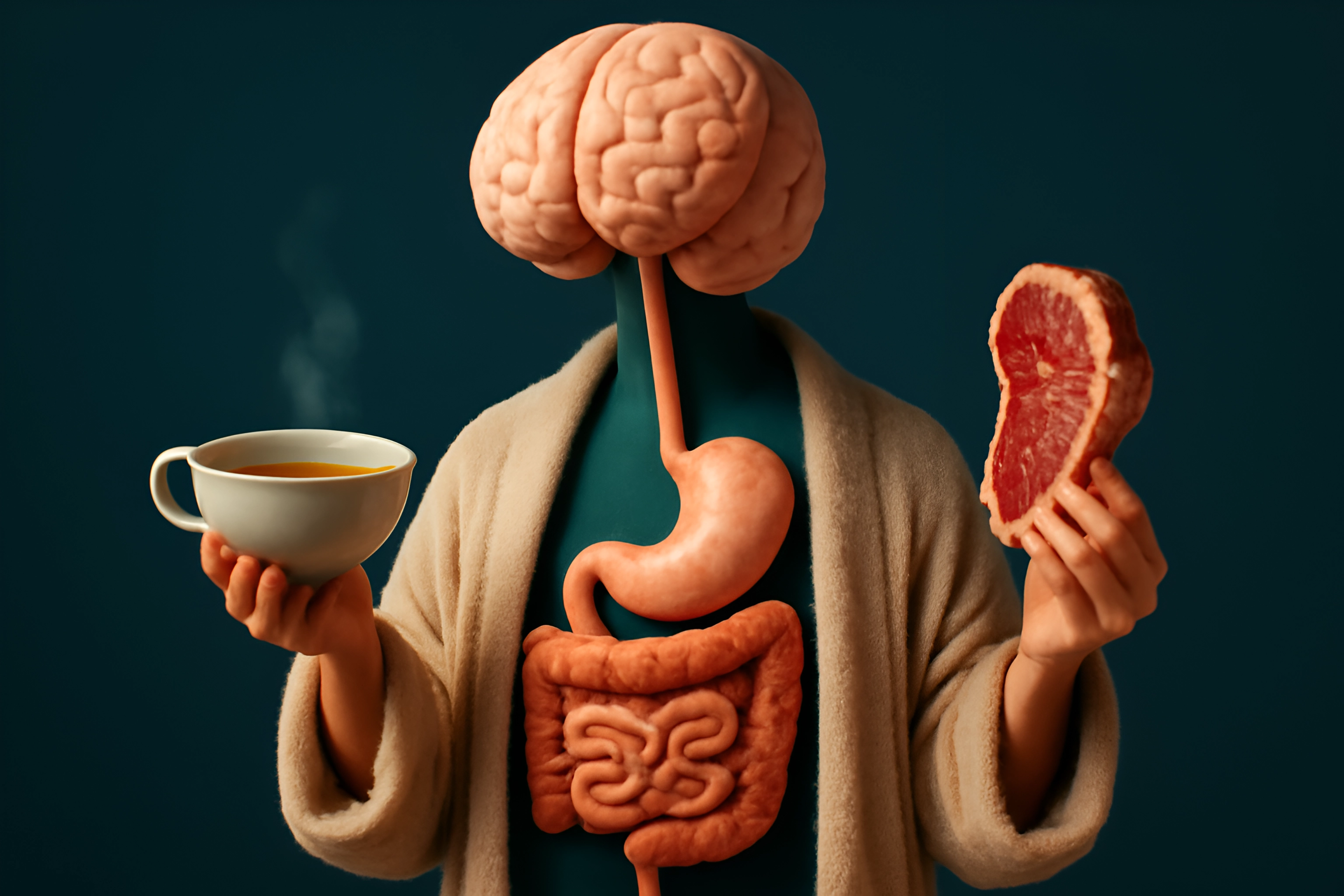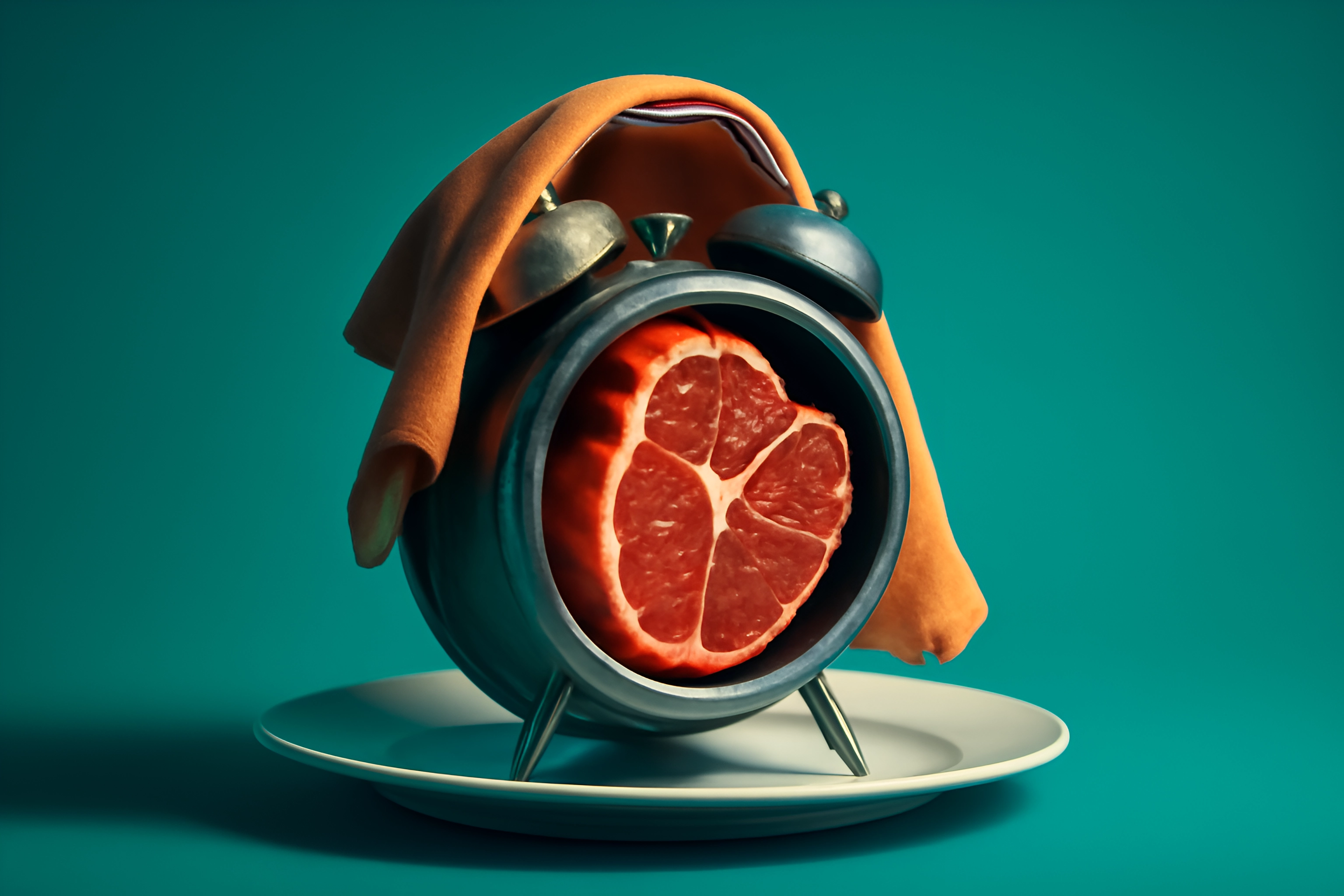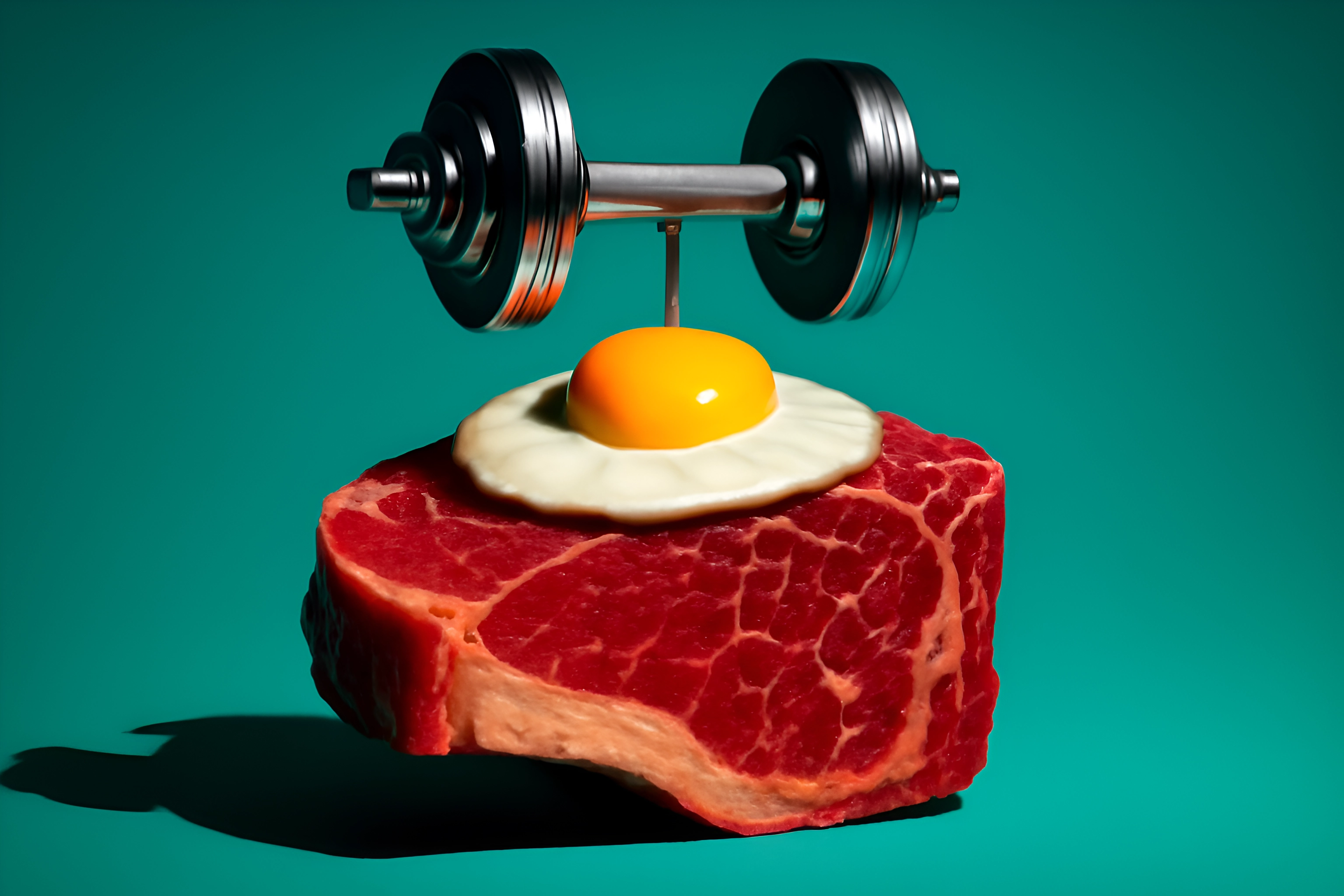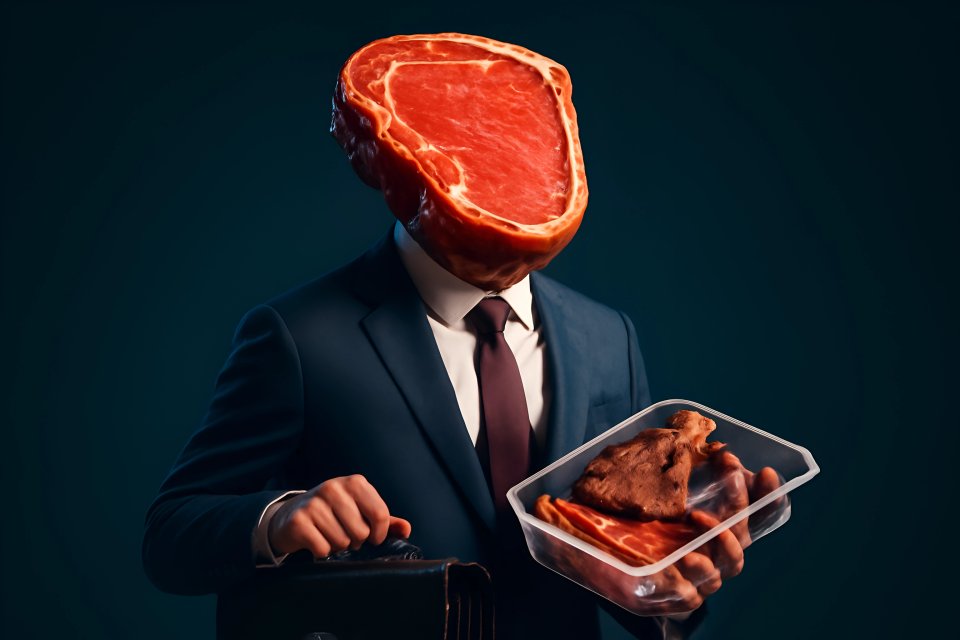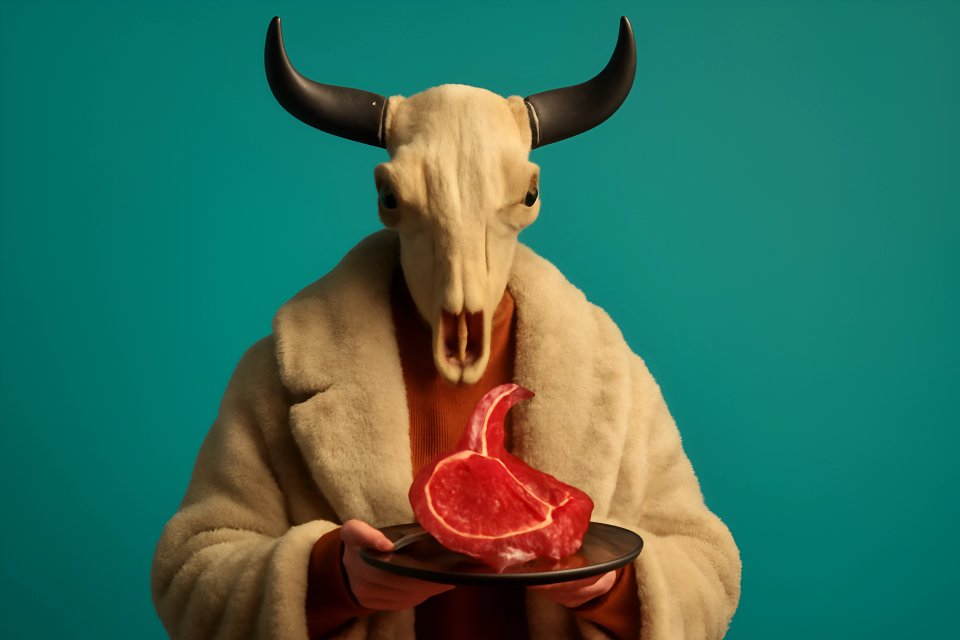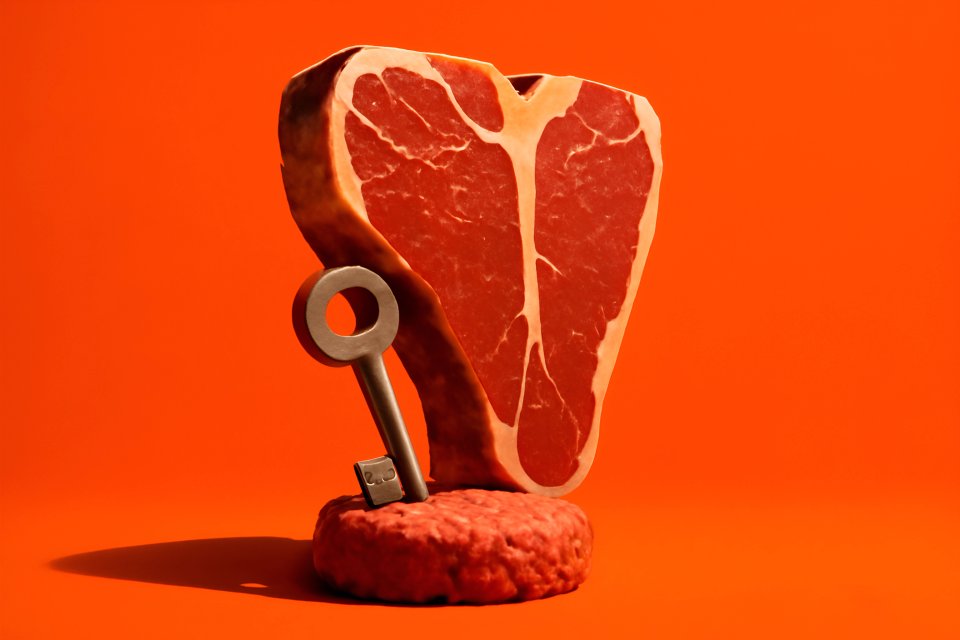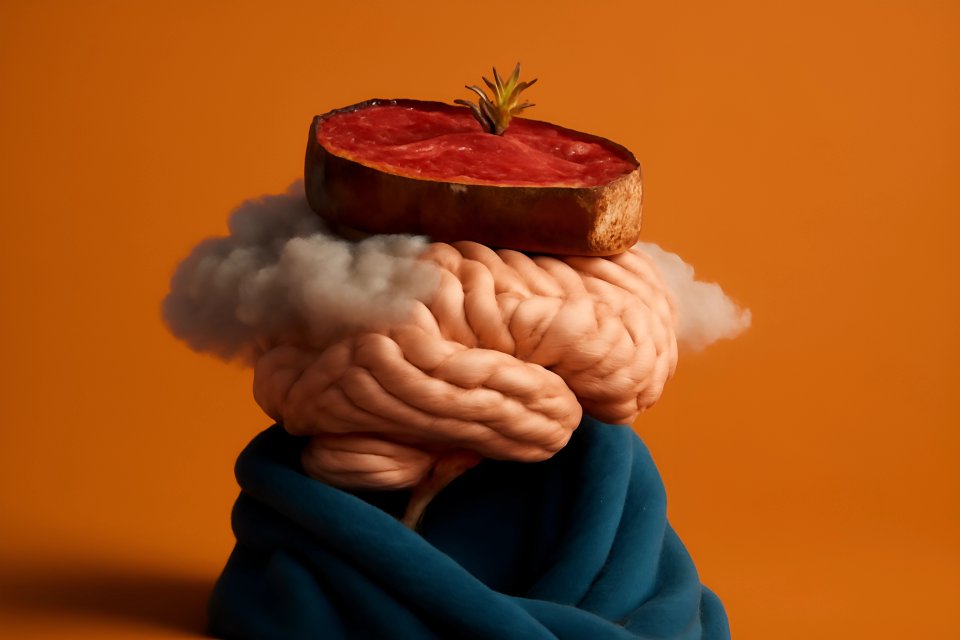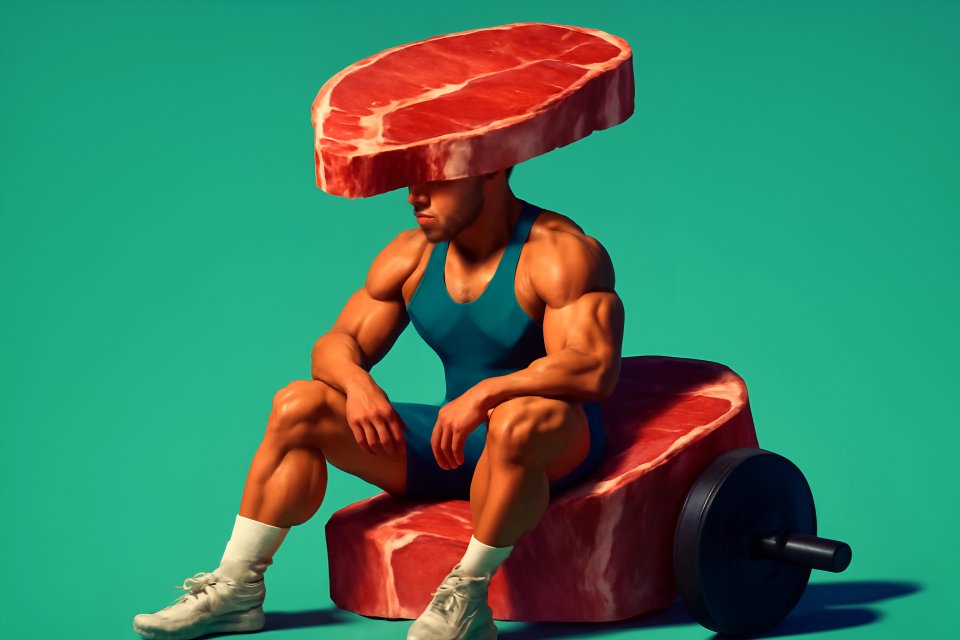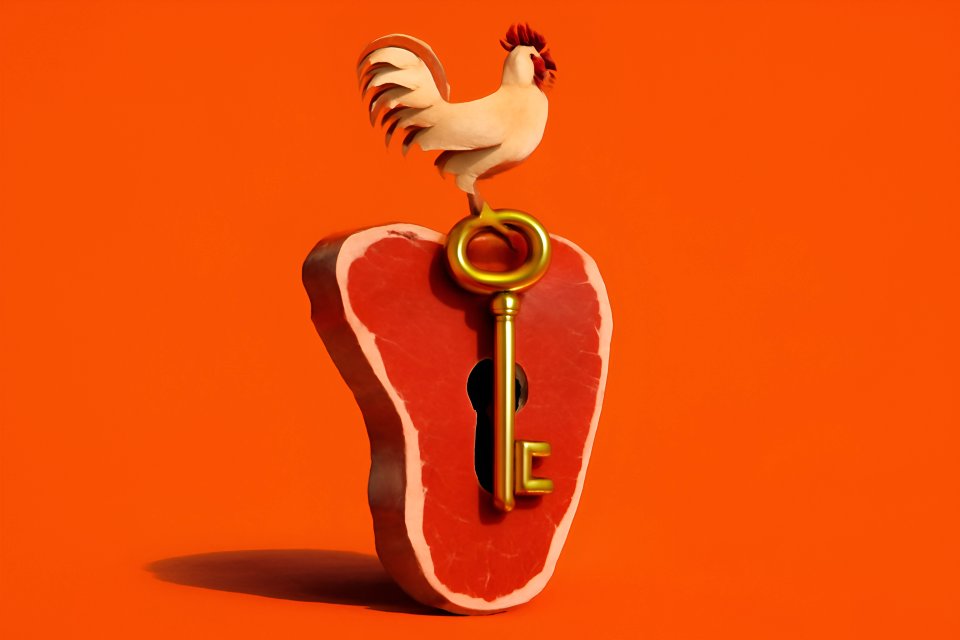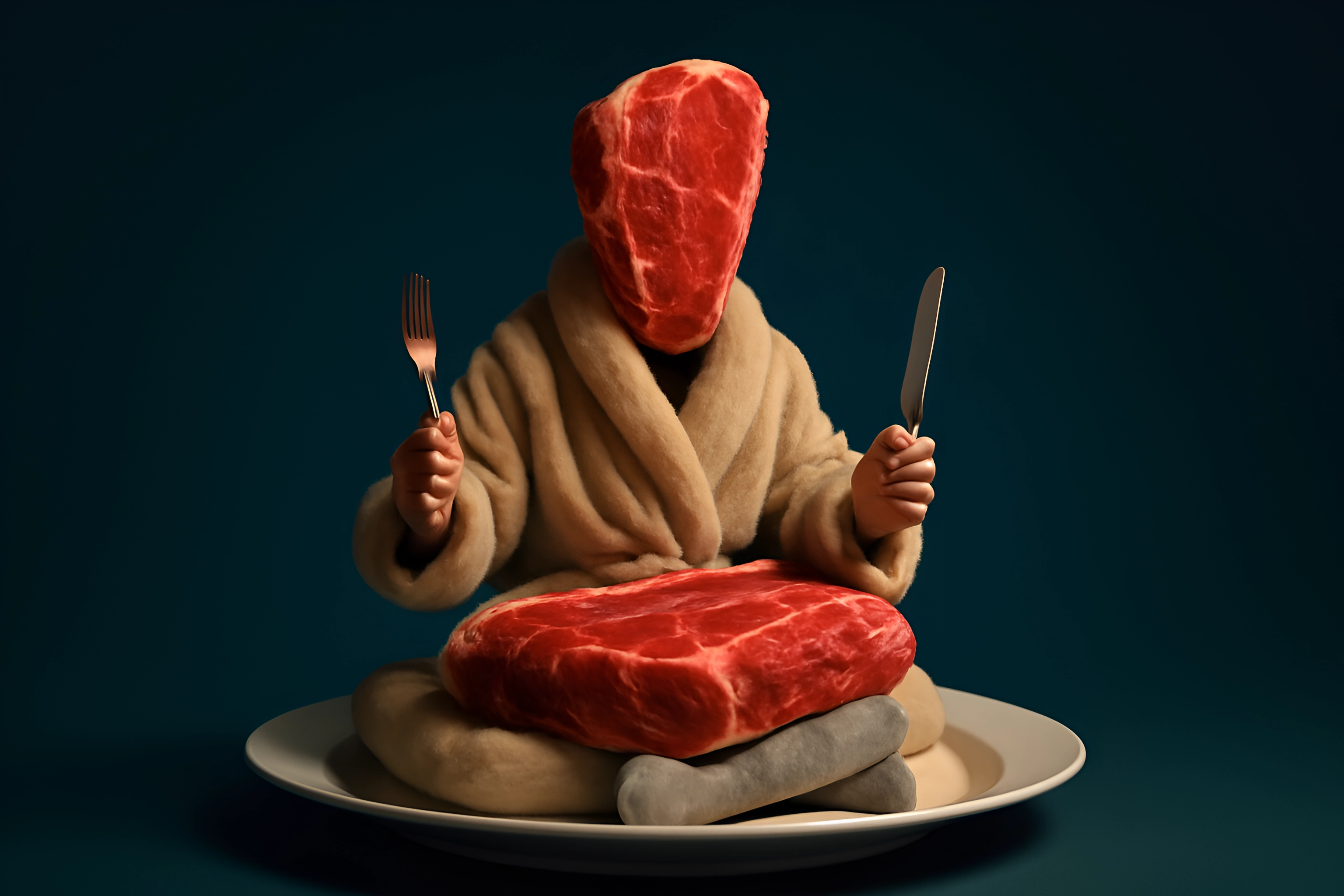
Are you tired of the endless cycle of bloating, cramping, and unpredictable digestion? Have you tried every elimination diet, supplement, and protocol only to find temporary relief, if any? You’ve been told to eat more fiber, more plants, more "gut-friendly" foods, yet the pain and frustration remain.
What if the solution wasn't about adding more, but about taking almost everything away? This is the radical premise of the carnivore diet—not as just another diet, but as a powerful tool for gut rest and deep, foundational healing. It’s the ultimate elimination protocol, designed to give your body the space it needs to finally repair itself.
This guide is your roadmap. It’s a clear, compassionate, and practical plan to help you start the carnivore diet with one specific, life-changing goal: to heal your gut and reclaim your life from digestive distress.
Why Carnivore for Gut Healing? The Science of Radical Simplicity
The Ultimate Elimination Diet: Removing the Irritants
Let's be brutally honest. For a gut that's already inflamed and compromised, many so-called "health foods" are anything but. Plants defend themselves with a chemical arsenal of compounds like fiber, lectins, oxalates, and phytates. For a sensitive individual, these can act like sandpaper on an open wound, perpetuating the cycle of inflammation and pain.
The carnivore diet works by removing these variables entirely. By stripping your intake down to the most nutrient-dense, bioavailable foods on the planet—meat, fat, salt, and water—you eliminate the constant barrage of potential irritants. This is the foundation of the gut healing carnivore protocol; it’s not about what you’re eating, but what you’re not eating.
Many people find this approach to be a powerful elimination protocol that removes common inflammatory triggers that other diets miss. It’s a reset button for your entire system, giving you a clean slate from which to heal.
Giving Your Digestive System a Much-Needed Rest
Imagine trying to heal a broken arm while continuing to use it every day. It would be impossible. Your digestive system is no different. When it’s constantly working to break down tough plant fibers and navigate antinutrients, it never gets the downtime it needs to repair the damage.
The carnivore diet provides profound gut rest. Animal-based foods are incredibly easy to digest and absorb, requiring minimal effort from your system. This frees up metabolic energy that your body can redirect toward healing the gut lining, reducing inflammation, and sealing the microscopic holes associated with "leaky gut."
This isn't just theory; emerging research shows that for some, a carnivore-style diet can lead to significant clinical improvement in inflammatory bowel disease (IBD), demonstrating its potential to calm a chaotic internal environment. By giving your gut a vacation, you give it a chance to rebuild from the ground up.
Unparalleled Nutrient Density for Repair
Healing requires building blocks. Your gut lining is one of the most rapidly regenerating tissues in your body, and it demands a constant supply of specific nutrients to do its job. Animal foods are the single most concentrated source of these healing compounds in their most bioavailable forms.
We're talking about collagen and glycine to rebuild connective tissue, zinc to support the intestinal barrier, and preformed vitamin A (retinol) for immune function. A 2024 nutrient analysis confirmed that a carnivore diet meets or exceeds requirements for several key nutrients vital for tissue repair. These are the very nutrients your body is screaming for to patch up the damage.
Furthermore, animal products can modulate gut bacteria positively, potentially increasing species that support gut barrier integrity. You’re not just resting the system; you’re flooding it with the precise, high-octane fuel it needs to heal faster and more effectively than ever before.
The 4-Step Gut Healing Carnivore Protocol: A 30-Day Kickstart
Step 1: Preparation is Everything (The Week Before You Start)
Your success begins before you take the first bite. The first step is to forge an unbreakable mindset. Grab a notebook and write down why you are doing this. List every painful symptom, every frustrating moment, every social event you’ve missed. This is your anchor.
Next, it's time for the pantry purge. You cannot heal in an environment of temptation. Get rid of it all: the grains, the sugars, the seed oils, the vegetables, the "healthy" snacks. If it's not meat, salt, or animal fat, it goes.
Finally, create your healing shopping list. Keep it brutally simple for the first 30 days. Your list should look like this: ground beef, steaks (ribeye, sirloin, chuck), salt, and tallow or butter (if tolerated). That’s it. Simplicity is your superpower.
Step 2: The Transition (Your First 3-7 Days)
You have two paths forward. Option A, the "Cold Turkey" method, is what we recommend for the fastest results. You simply stop eating all non-animal foods and begin your new protocol immediately. It’s a shock to the system, but it rips the band-aid off and accelerates the healing process.
Option B is the Gradual Taper. If the cold turkey approach feels too daunting, you can spend a week slowly removing food groups. Start by cutting out grains and sugar, then vegetables, then fruits, until only animal products remain. This can be easier mentally, but it will delay the deep gut rest you’re seeking.
Whichever path you choose, the focus remains the same: simplicity. Eat simple meals of fatty meat and salt. Don't worry about fancy recipes or complicated meal prep. This initial phase of starting carnivore for digestion is crucial for setting the stage for deep healing.
Step 3: The 30-Day Gut Reset (The Core Protocol)
This is where the magic happens. For the next 30 days, you will commit to a strict protocol designed for maximum gut healing. Your mission is to eliminate every single potential irritant and flood your body with healing nutrients.
Here are the rules.
What to Eat
- Ruminant Meat: Beef, lamb, bison, goat. Focus on fatty cuts.
- Fat: Eat the fat on your meat. Add tallow, butter, or ghee if you need more.
- Salt: Use liberally. Unrefined sea salt is a great choice.
- Water: Drink to thirst.
What to Avoid (STRICTLY FOR 30 DAYS)
- All Plants: No vegetables, fruits, herbs, or spices.
- All Seasonings: Except for salt.
- Dairy: Except for butter or ghee, if you know you tolerate it well.
- Coffee & Tea: These contain plant compounds that can be irritating.
- Eggs & Pork: Some people react to these, so it's best to eliminate them for the initial 30 days and reintroduce later.
A sample day is beautifully simple. Breakfast might be a pound of ground beef patties. Lunch could be a couple of sirloin steaks. For dinner, a fatty ribeye. That's it. For practical ideas, you can explore some simple 5 gut-healing carnivore recipes to boost digestive health.
Step 4: Listen and Adapt
This protocol is also about re-learning how to listen to your body's ancient signals. The two most important rules are to eat when you are hungry and stop when you are full. Forget meal times and calorie counting; your body knows what it needs.
Do not fear fat. Fat is your primary fuel source on this diet. It provides steady energy, supports hormone production, and keeps you satiated for hours. If you feel low on energy or overly hungry, the answer is almost always more fat.
Finally, pay close attention to hydration and salt. As your body shifts away from carbohydrates, it will flush out water and electrolytes. Salting your food generously and drinking plenty of water is non-negotiable, especially in the beginning. For a deeper dive, learn about maximizing electrolyte balance on a carnivore diet.
Navigating the Common Challenges: A No-BS Guide
The Adaptation Phase (aka "Keto Flu")
As your body switches from burning sugar to burning fat for fuel, you may experience a temporary period of adjustment. Symptoms can include headaches, fatigue, and irritability. This is not a sign of failure; it's a sign of transition.
This "keto flu" is almost always caused by a temporary imbalance of electrolytes and water. The solution is simple and immediate: more salt and more water. Add a generous pinch of salt to a glass of water or simply salt your meat more heavily. Most people find these symptoms resolve within a day or two with proper electrolyte management.
If you find the transition particularly difficult, our beginner's guide to overcoming carnivore diet side effects offers more in-depth solutions to help you push through this phase successfully.
Digestive Adjustments: What to Expect
Your digestive system is undergoing a massive software update. It's normal to experience some changes as it adapts. Some people experience loose stools or diarrhea in the first week as their gallbladder ramps up bile production to handle the increased fat intake. The fix is usually to temporarily reduce rendered fats (like liquid tallow) and focus on the solid fat attached to your meat.
Conversely, some people worry about constipation. It's important to redefine "normal." On a carnivore diet, you are consuming highly bioavailable food with very little waste. This means less frequent bowel movements are completely normal and expected. As long as you are not experiencing discomfort, having a bowel movement every few days is fine.
These are normal parts of improving your digestive health on carnivore. Your body is recalibrating. Trust the process, and know that stability is just around the corner.
Managing Cravings and Social Pressure
Your brain has been wired for decades to crave sugar and carbs. These cravings can be intense in the first week. The best way to fight them is to eat more fatty meat. A large, satisfying meal of steak or ground beef will crush cravings and keep you full for hours.
Social situations can be tricky. People may question your choices, often from a place of misunderstanding. Remember your "why." Your health is more important than their opinion. A simple strategy is to eat a big, fatty meal before you go to a social event so you aren't hungry or tempted. While some sources may critique the carnivore diet, your personal results and healing will speak for themselves.
Pro-Tips for Optimizing Gut Healing
The Importance of Fat-to-Protein Ratios
Getting enough fat is the single most important factor for long-term success and feeling your best. Protein is for building and repair, but fat is for energy. If you eat too lean, you can experience fatigue and persistent hunger, a condition sometimes called "protein poisoning."
A good target to aim for is a 1:1 fat-to-protein ratio by grams, or even higher. This means for every gram of protein you eat, you should be eating at least one gram of fat. You don't need to track this obsessively, but you can use it as a guideline. Choose fatty cuts of meat like ribeye and 80/20 ground beef, and don't be afraid to add tallow or butter to leaner cuts.
This ensures your body has the fuel it needs to power through the day and continue the deep work of healing your gut.
Food Quality: Grass-Fed vs. Grain-Fed
The quality of your food matters, especially when you are healing. Grass-fed and finished meat generally has a better fatty acid profile (more omega-3s) and a higher concentration of certain nutrients compared to its grain-fed counterpart. If your budget allows, opting for high-quality, well-sourced meat is an excellent choice.
However, do not let perfection be the enemy of progress. The most important thing is to start. Conventional, grain-fed meat from the grocery store is still a thousand times better for gut healing than any plant-based food.
Start where you are, with what you can afford. Any meat is better than no meat. You can always upgrade the quality of your food over time as your health improves and your budget allows.
To Supplement or Not?
A well-formulated carnivore diet is incredibly nutrient-dense, and most people find they don't need any supplements. The goal is to get all your nutrition from food. However, for those with severely compromised digestion, a little temporary support can be helpful.
Some individuals find that taking Betaine HCL with meals helps improve their stomach acid, leading to better protein digestion. Others may use digestive enzymes for a short period to help break down fats as their body adapts.
Our advice is to start without them. See how your body responds to the diet first. If you're still struggling after a few weeks, you can explore these options, but for most, they are completely unnecessary. For those interested in optimizing further, you can learn how to incorporate carnivore-friendly supplements for enhanced energy.
Conclusion: Your Path to a Resilient Gut Starts Now
You've read the science. You have the protocol. The path forward is clear. The carnivore diet offers a powerful, primal solution to modern digestive diseases through radical simplicity, unparalleled nutrient density, and the complete elimination of inflammatory irritants.
You have the power to end the cycle of pain and reclaim your health. This journey will challenge you, but the potential for a life free from digestive distress is worth every single step. You are not broken. Your body has an incredible capacity to heal, and you are about to give it the tools to do just that.
Ready to take the first step toward a resilient gut? Download our free Carnivore Diet Quickstart Shopping List to get started today. Share your Day 1 experience in the comments below or join our community for the support you need to succeed. Your new life is waiting.
